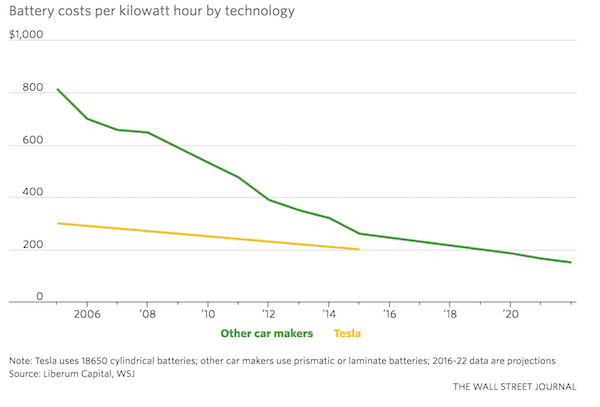Sunder
10 MW
Gazza said:Lithium titiant battery 2.4V 30Ah LTO cell.
Model Number: OSN-LTO-66160
Each - 1.5-2.7 V
23 cell:
Bank - 34.5-62.1
These might be a good option.
How do we recalculate capacity based on 42.5v Minimum?
Capacity is estimated at nominal voltage, which is 2.4v
23 cells x 2.4v x 30Ah = 1656kwh for a single string.
Most houses with 2 adults and 2 kids with fully electric everything (hot water + cooking + heating) including air conditioning uses between 12kwh and 16kwh a day. Obviously, your mileage may vary. I've read of some couple with no kids energy efficient homes using less than 2kwh a day - solar boosted hot water, designed well for heating and cooling etc.
Go 23S10P would give you over 16kwh.
That's not the whole story though - some of your power is used during the day when you can pull it straight off the panels. On the flip side, you might need more than one day's worth if you expect a week worth of storms. My personal thought is that unless you have very high drain devices, just get a cheap 2kw Edit:generator, and run it when you have a string of cloudy days.
Don't hold your breath though. Shipping a kilo from China to Aust is about $20-25USD. So even if they hold to the $20 quote, which they won't, you can easily double the price quoted there.








